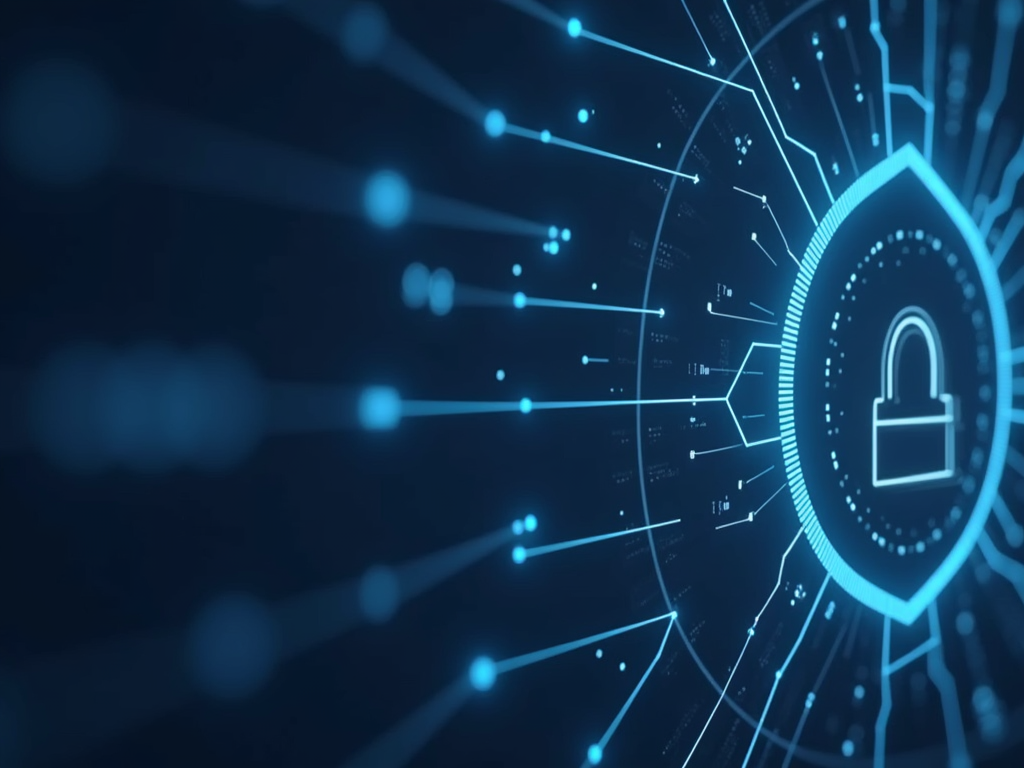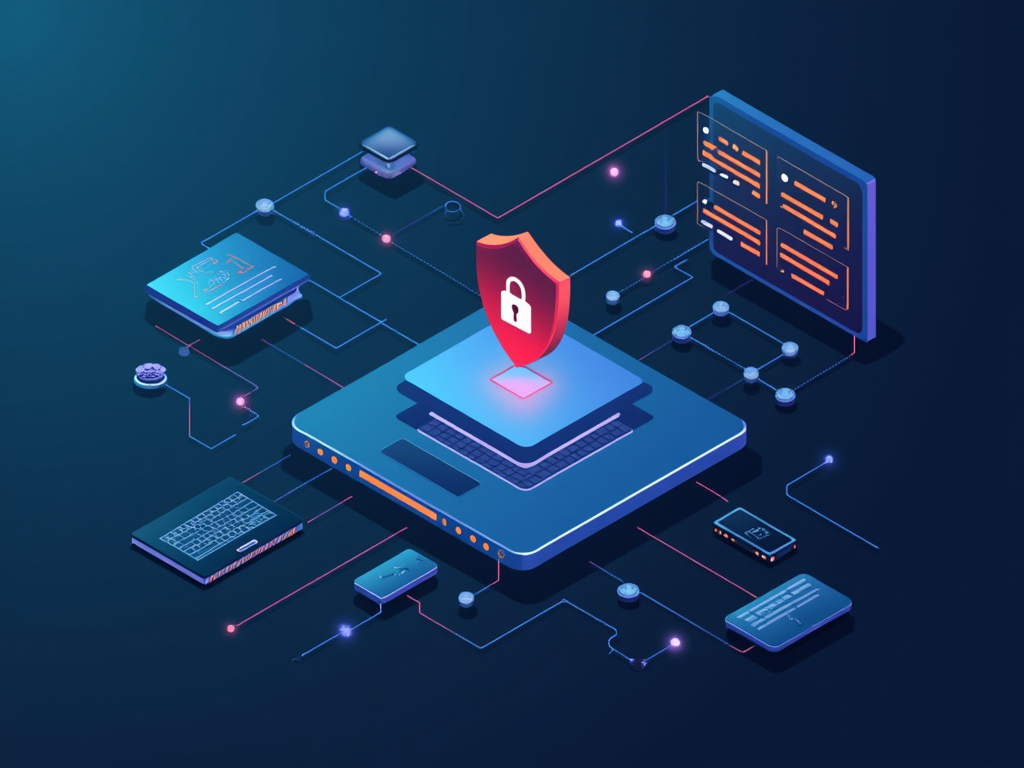Using Artificial Intelligence (AI) to Enhance Incident Response
Introduction
Incident response is a critical aspect of any organization’s emergency preparedness plan. Whether it’s a natural disaster, cyber attack, or internal security breach, the swift and effective response can mean the difference between life and death, or significant financial loss. In recent years, Artificial Intelligence (AI) has emerged as a game-changer in enhancing incident response capabilities. In this article, we’ll explore how AI-powered tools can help organizations improve their incident response processes.
Understanding Incident Response
Before diving into the role of AI in incident response, it’s essential to understand what incident response entails. Incident response is the process of detecting, containing, and resolving an unplanned event or disruption that affects an organization’s operations, employees, customers, or assets. The goal of incident response is to minimize the impact of the incident on the organization and its stakeholders.
Traditional Incident Response Challenges
Traditional incident response processes often rely on manual methods, such as:
- Manual monitoring of networks and systems
- Relying on human judgment for incident detection and classification
- Limited visibility into incident root causes
- Inefficient communication and collaboration among teams
These traditional approaches can lead to:
- Delayed incident detection and response times
- Increased risk of data breaches or system compromise
- Higher costs due to extended downtime and manual intervention
AI-Powered Incident Response Solutions
AI-powered incident response solutions aim to address the limitations of traditional methods by leveraging machine learning, natural language processing, and predictive analytics. These solutions can:
- Automate incident detection: AI-powered systems can monitor networks, systems, and applications in real-time, detecting incidents faster and more accurately than human operators.
- Classify incidents quickly: AI algorithms can analyze patterns, behaviors, and symptoms to rapidly classify incidents, reducing the need for manual intervention and minimizing response times.
- Analyze incident data: AI-powered tools can collect and analyze large amounts of data from various sources, providing valuable insights into incident root causes and enabling more effective remediation strategies.
- Enhance collaboration and communication: AI-powered platforms can facilitate seamless communication among teams, stakeholders, and other relevant parties, ensuring that all necessary information is shared in real-time.
Real-World Examples of AI-Powered Incident Response
Several organizations have already leveraged AI to enhance their incident response capabilities. For instance:
- Cybersecurity firm uses AI to detect and respond to attacks: A leading cybersecurity company has developed an AI-powered platform that detects and responds to cyber attacks in real-time, reducing mean time to detect (MTTD) and mean time to respond (MTTR).
- Healthcare organization uses AI for incident response: A major healthcare provider has implemented an AI-powered system to detect and respond to IT incidents, ensuring minimal disruption to patient care services.
Implementation Considerations
While AI-powered incident response solutions offer significant benefits, organizations must carefully consider the following implementation challenges:
- Data quality and availability: AI algorithms require high-quality data to operate effectively. Organizations must ensure that they have adequate data sources and processes in place.
- Integration with existing tools and systems: AI-powered incident response solutions must integrate seamlessly with existing IT service management (ITSM) tools, monitoring systems, and communication platforms.
- Training and change management: AI-powered systems require training for human operators to effectively interact with the technology. Organizations must also manage changes to their incident response processes and cultures.
Conclusion
The integration of Artificial Intelligence (AI) into incident response processes can significantly enhance an organization’s ability to detect, respond to, and resolve incidents quickly and efficiently. By leveraging AI-powered tools, organizations can improve incident detection times, reduce mean time to respond, and minimize the impact of unplanned events on their operations and stakeholders. As the complexity and frequency of incidents continue to evolve, it’s essential for organizations to stay ahead of the curve by embracing AI-powered incident response solutions.
References
- [1] Gartner: “AI-Powered Incident Response Platforms”
- [2] Ponemon Institute: “2019 Annual Cost of Cybercrime Study”
- [3] Harvard Business Review: “The Future of Work: The Rise of Artificial Intelligence”



